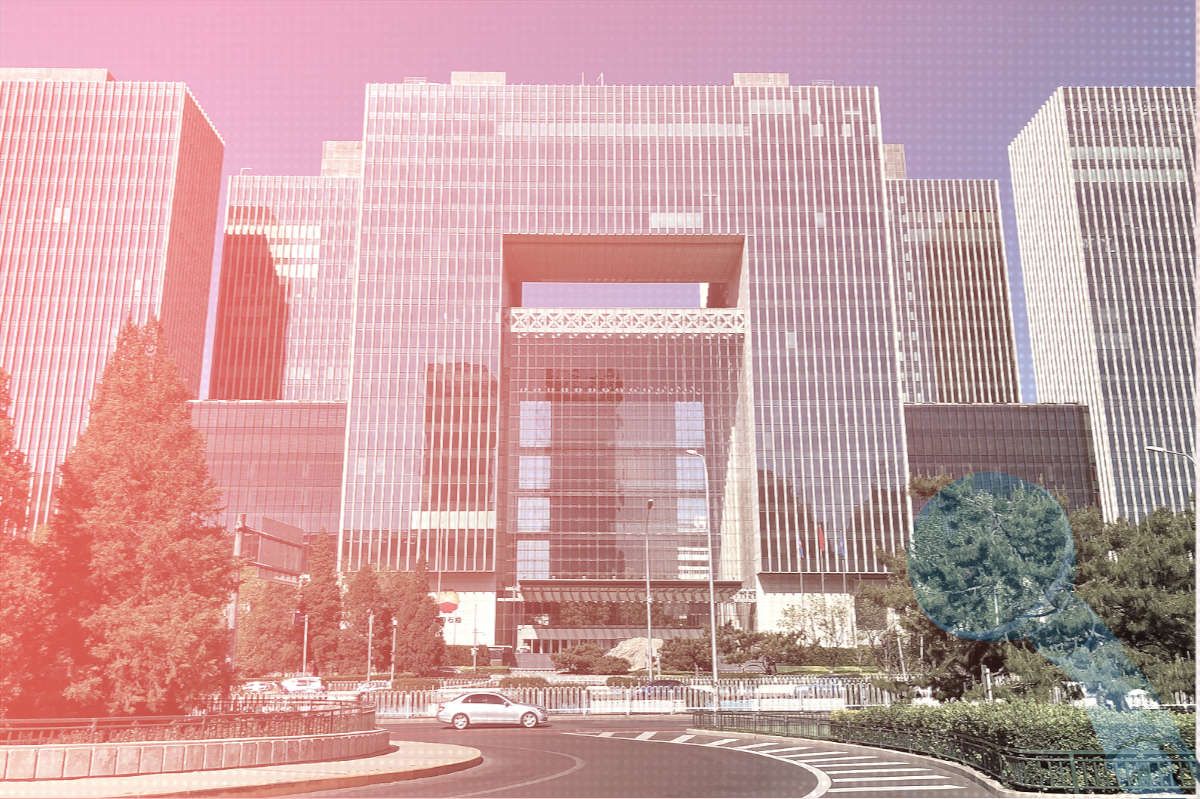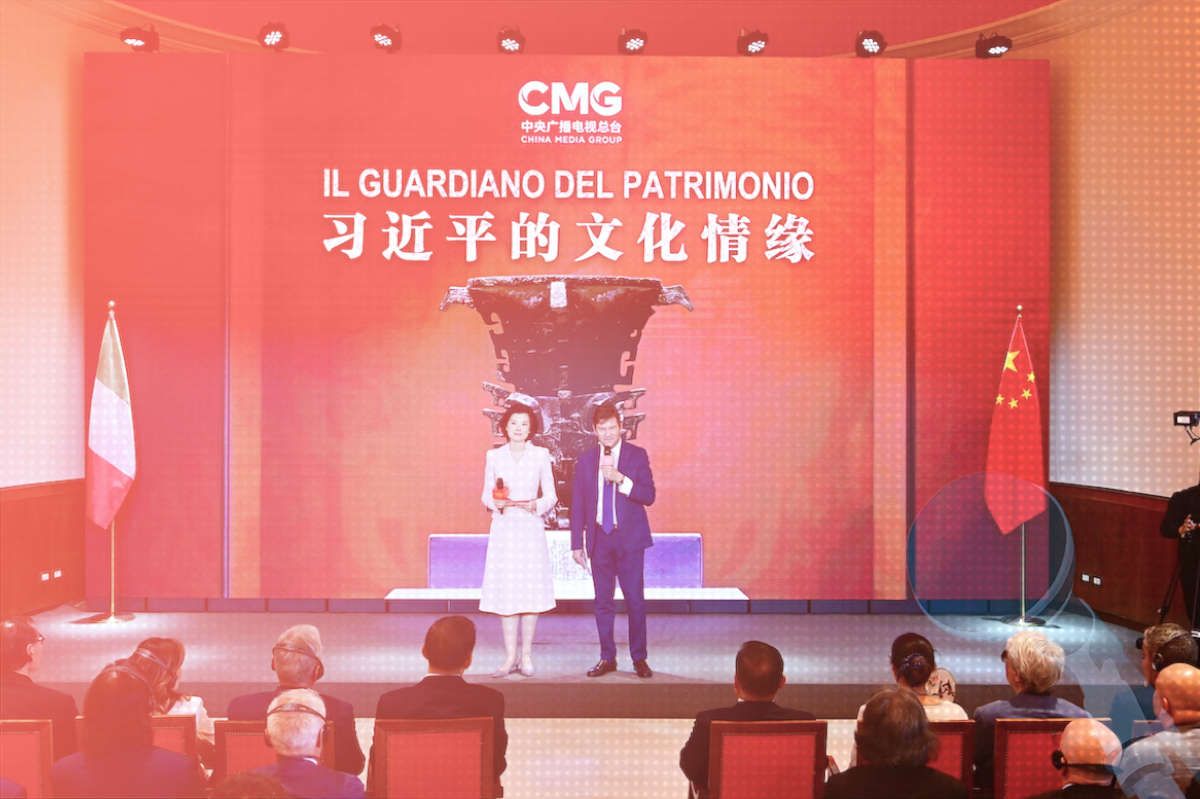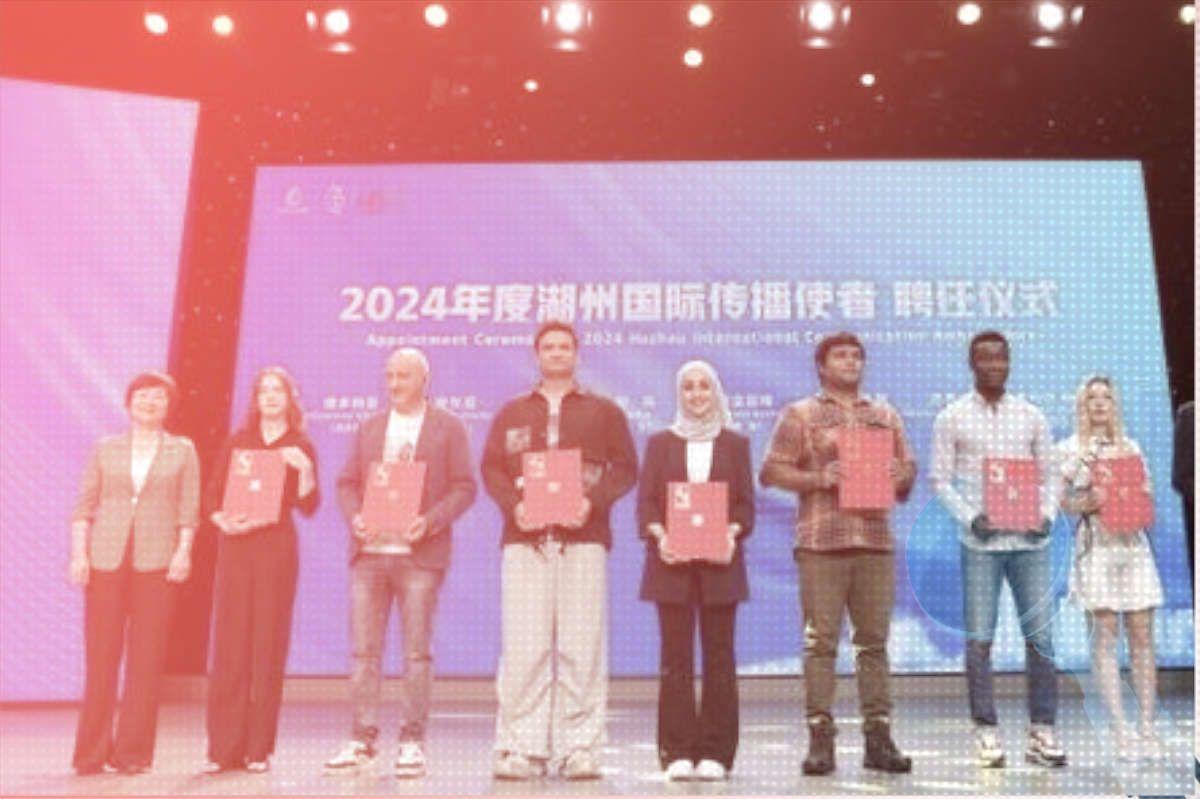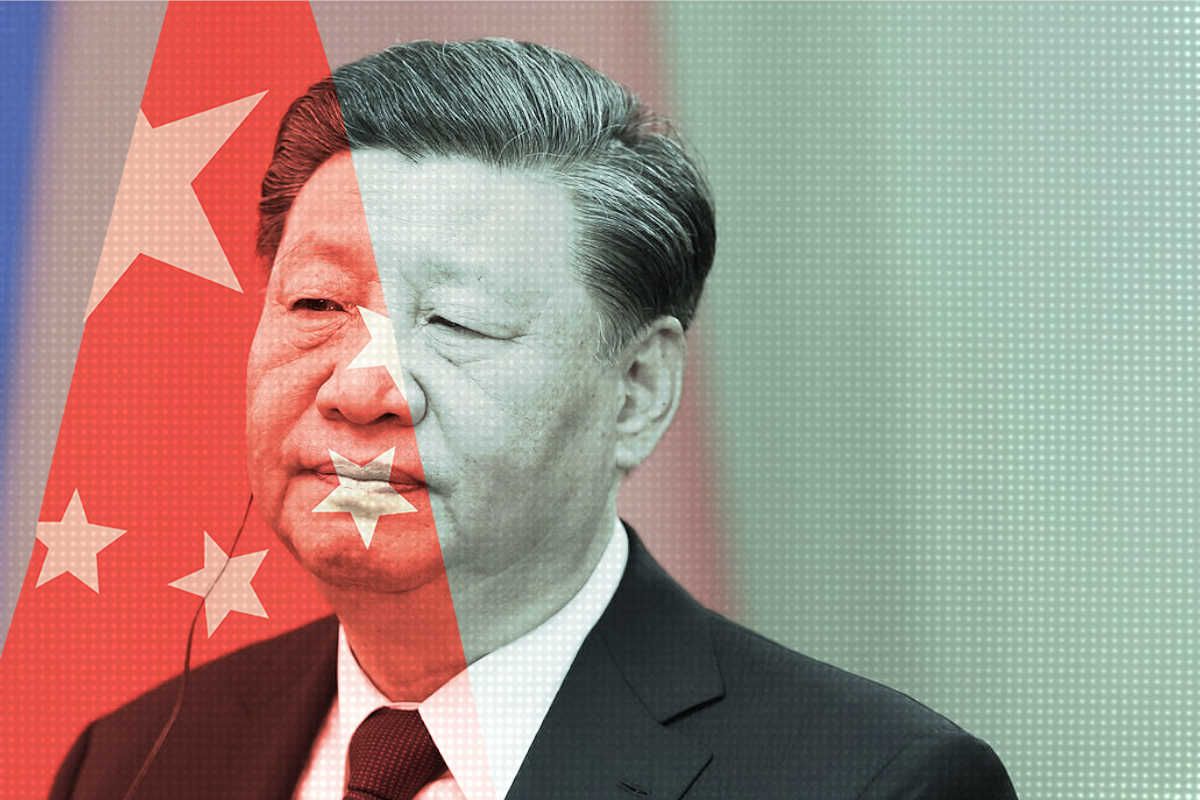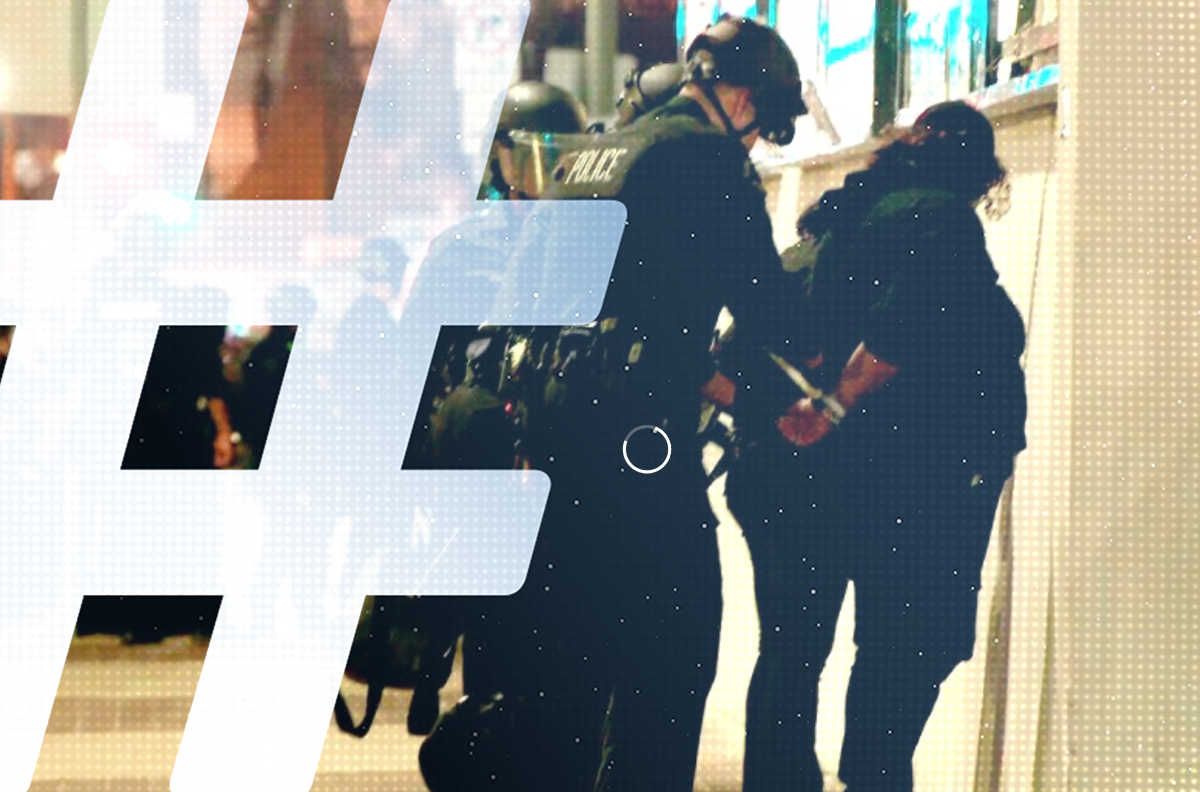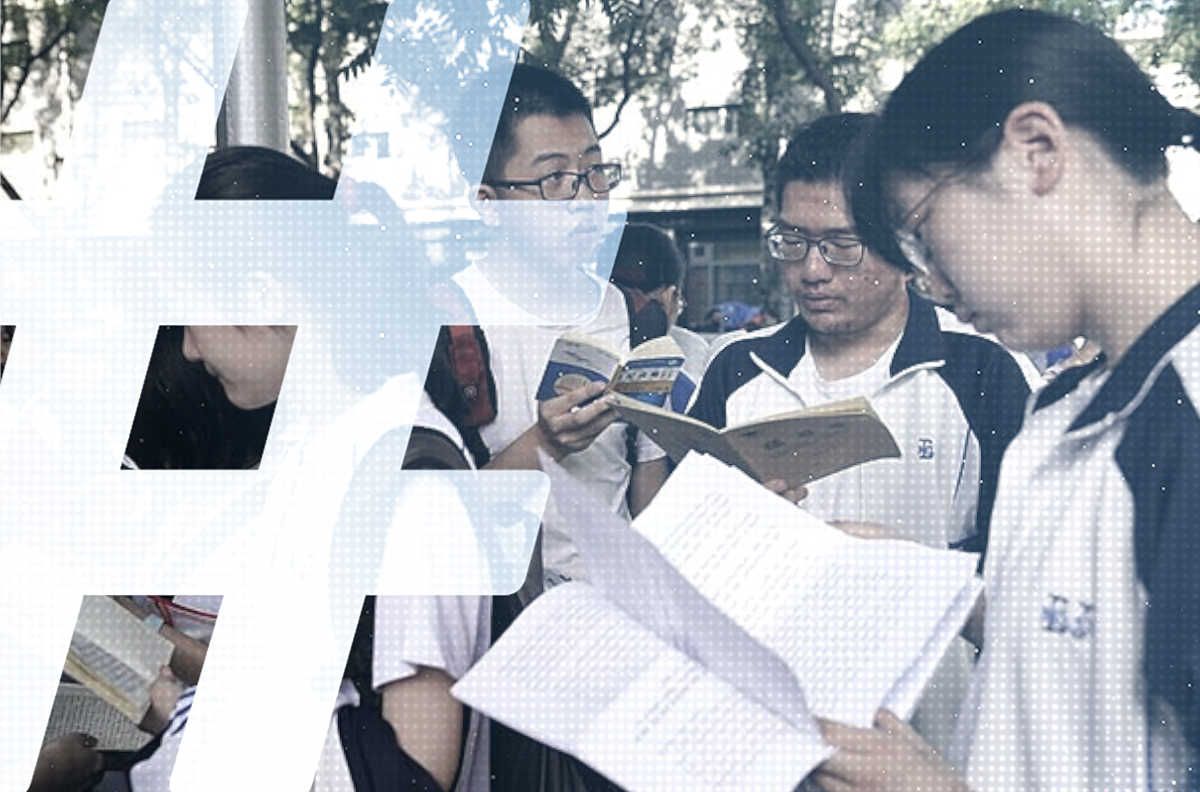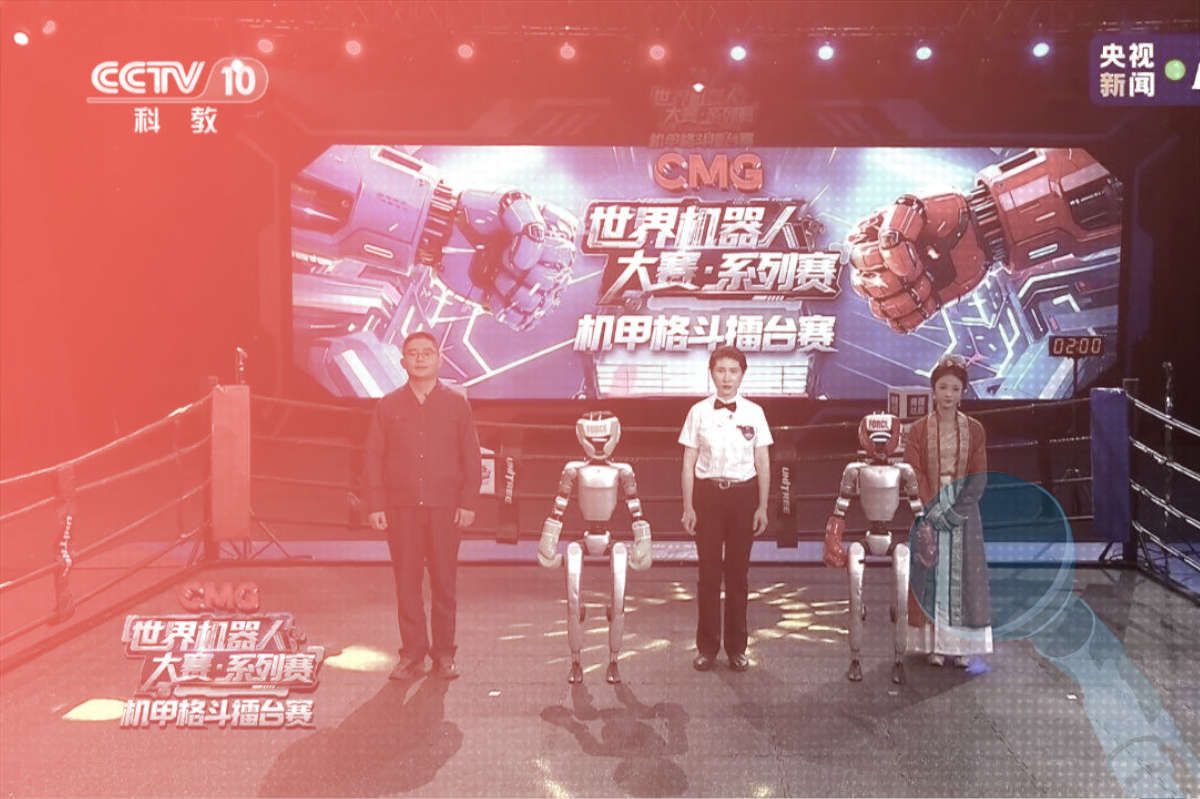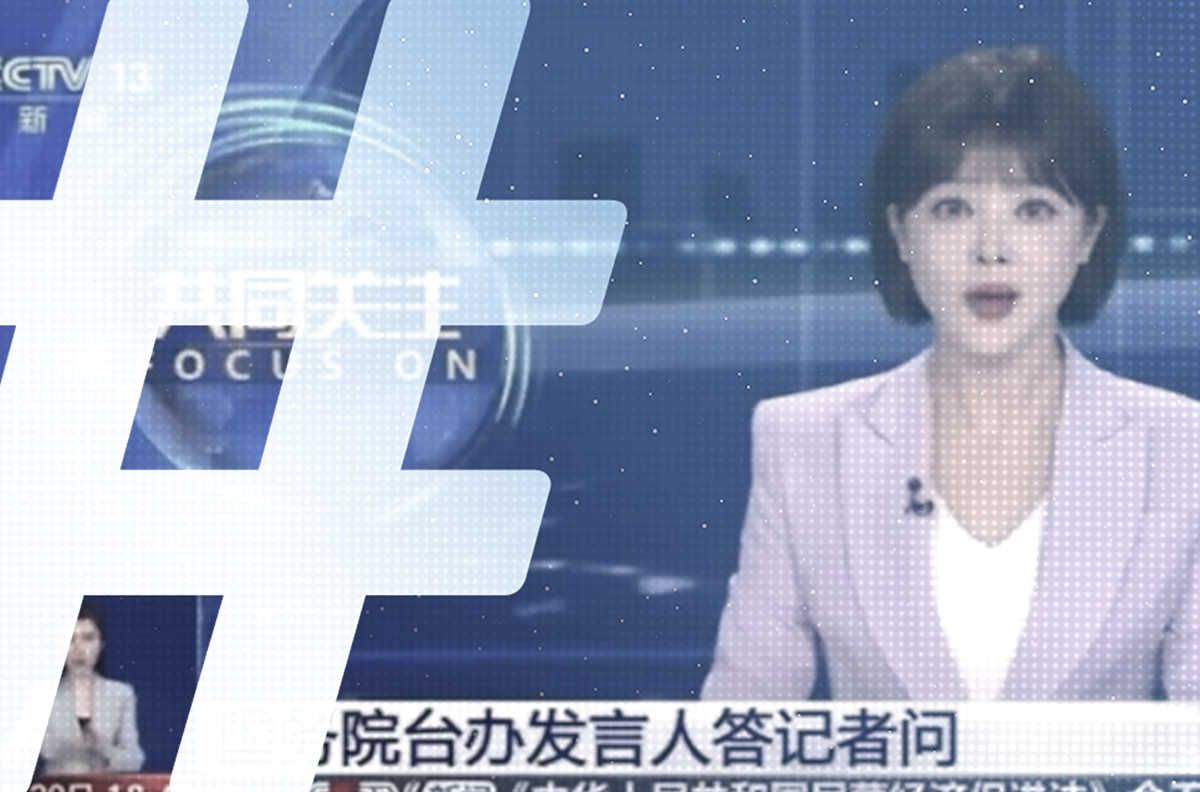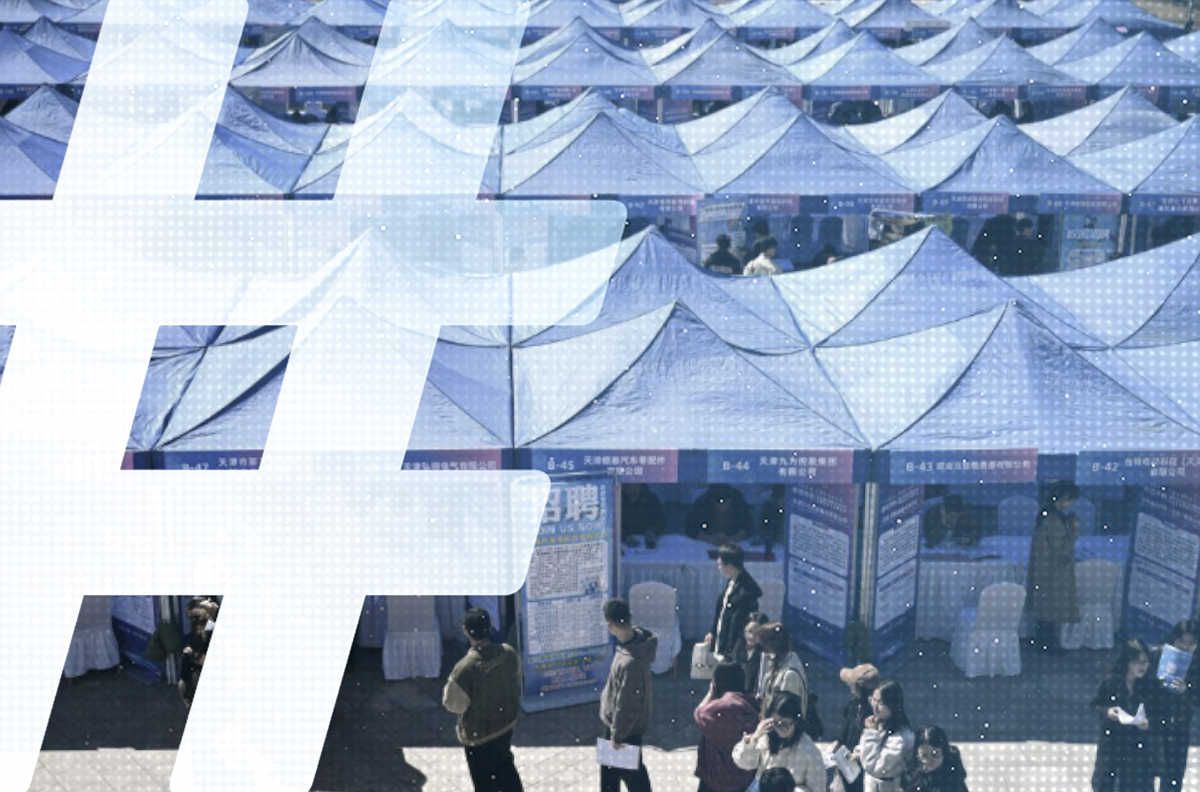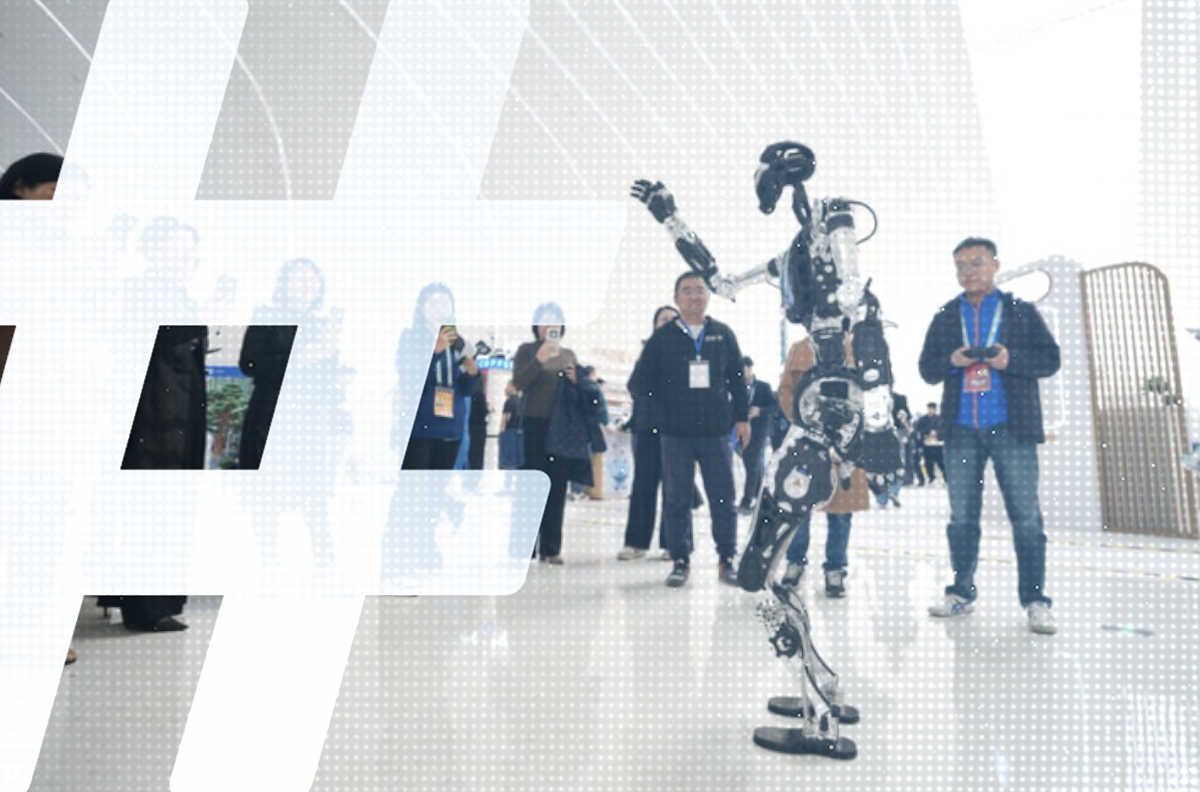How, you ask, is coverage of Hong Kong’s “Occupy” movement — the so-called “umbrella revolution” — shaping up inside China? Well, here we go.
First for a bit of trivia. The term “umbrella revolution,” or yusan geming (雨伞革命), which emerged on social media on September 28th, when Hong Kong police used tear gas and pepper spray against protesters who defended themselves with umbrellas — and which has since been further popularized by both Hong Kong and international media — has only ever appeared in three mainland news items. All of these were issued by the official China News Service between October 3 and October 5, as follows:
October 3 — “10 Questions About Hong Kong’s ‘Occupy Central'” (香港“占中”十问)
October 4 — “Color Revolution: Western Media Label Hong Kong’s ‘Occupy Central'” (颜色革命:西方媒体定性香港“占中”)
October 5 — “Western Media Define Hong Kong’s ‘Occupy Central’ as a Color Revolution” (西方媒体定性香港“占中”为“颜色革命”)
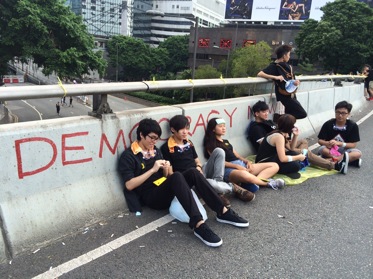
In fact, though issued on separate days, the October 4 and 5 news releases are virtually identical. So we have in essence two articles using the term “umbrella revolution,” both of which frame coverage of ‘Occupy Central’ by “Western media” as exposing the “British and American intention of promoting the transformation of ‘Occupy Central’ into a so-called ‘color revolution.'”
The article notes ominously: “There are black hands at work behind this ‘Occupy Central’ movement, which bears the shadow of the West.”
The foreign conspiracy frame has been one of the most widely used in Chinese coverage (we use the word generously) of the ongoing protests in Hong Kong. And not surprisingly, we see it again in today’s coverage. On page 10 today, in an article called, “Opposition Party Visits America to Work On the ‘Script’ (反对派访美策划“剧本”), the Chinese-language Global Times “exposes” the way the United States has attempted to influence affairs in Hong Kong through grant programs like the National Endowment for Democracy.
Here is a list of the story frames we find in mainland Chinese coverage of the Hong Kong protests today. (I welcome contributions if anyone else thinks they spot a fifth or sixth):
[1] Economic Doom: the Hong Kong protests are causing untold economic damage, with daily losses to the dining industry alone topping 50 million Hong Kong dollars daily, and estimated total damage to the economy (undefined) of 350 billion Hong Kong dollars since the protests began. Or as the People’s Daily (overseas edition) says so poetically today: “It’s like the electricity is suddenly turned off. During the first hour the impact isn’t serious, at most some of the things in the refrigerator are affected. But when it goes on longer, everything in the refrigerator goes bad.”
[2] Foreign Conspiracies: Protests in Hong Kong were fomented and supported by “hostile forces” (敌对势力) from outside China, represented by grant programs like the National Endowment of Democracy and the National Democratic Institute.
[3] Rule of Law Under Assault and Creeping Chaos: The Hong Kong protests have been a “serious attack” on Hong Kong tradition of rule of law, showing the world a chaotic Hong Kong that it doesn’t recognize. Far from demonstrating the need for “true universal elections” (真普选), the protests have show that “the development of democracy can only proceed incrementally.”
[4] No One Really Cares: Xinhua visits the protest site and finds that the number of protesters has fallen dramatically, most students having gone back to class. At campuses across Hong Kong, Xinhua finds that the students are back, busy attending classes — and posters for academic and cultural events have replaced calls for student boycotts.
Those themes describe with fair accuracy the type of coverage we see in China’s media today. But where are these reports coming from?
Well, we have a total of 28 articles (with significant overlap) in the mainland press today, according to the WiseNews database. The database does not comprehensively cover the internet, but our cursory search suggests that the stories circulating through major Chinese news portals are on the following list.
Of the 28 total stories today, 17 appear in Chinese newspapers, the rest online through the official China News (chinanews.com). The stories are predominantly from Xinhua News Agency (9 total), the People’s Daily (5 total), the People’s Daily spin-off Beijing Times (4 total) and the Global Times (4 total).
The rest of the stories are all from financial newspapers or deal with the financial impact of the protests in Hong Kong. They are found in the Securities Times, the China Business Times, First Financial Daily, the Beijing Economic Times, Beijing Business Today and the Beijing Morning Post. The coverage in these newspapers is not clearly labeled as being from either official news agency, Xinhua or China News Service, but they report essentially the same information about the markets.
A full list of the 28 articles today follows:
1.经济遭遇政治绑票 港人急呼结束闹剧“占中”要打烂香港经济的饭碗? 2014-10-08 人民日报海外版 People’s Daily (Overseas Edition) 03,台港澳,王大可 2072
2.经济遭遇政治绑票 港人急呼结束闹剧 2014-10-08 中国新闻网 Chinanews.com 港澳新闻 2102
3.香港特首梁振英:会尽一切努力让市民生活完全恢复正常 有占中者再次集结 警方会适时… 2014-10-08 兰州晨报 Lanzhou Morning Post AII01,时 事 2361
4.反对派访美策划“剧本” 黎智英在港赞助广告美国搅局香港内幕遭曝光 2014-10-08 环球时报 Global Times 10,台港澳传真,叶 蓝 1951
5.“占中”让香港商家黄金周难“掘金” 2014-10-08 中国新闻网 Chinanews.com 滚动,燕磊 698
6.“占中”让香港商家黄金周难“掘金” 2014-10-08 中国新闻网 Chinanews.com 港澳新闻 712
7.占中第十天的香港高校:集会海报换下 出勤率高 2014-10-08 中国新闻网 Chinanews.com 滚动,温雅琼 1567
8. “占中”蒸发市值两万亿 退潮后港股三连阳 2014-10-08 第一财经日报 First Financial Daily A12,金融·投资,李隽 901
9. “占中”十日:购物旺区人流降 黄金周销售大减 2014-10-08 中国新闻网 Chinanews.com 滚动,温雅琼 986
10. 香港,只有内地社会真心为你痛 2014-10-08 环球时报 Global Times 15,国际论坛 987
11. 香港非法“占中”人均损失5万港元 2014-10-08 楚天金报 Chutian Jinbao 02,天下要闻 329
12. “占中”遭齐声谴责 2014-10-08 三峡晚报 Sanxia Evening Post A19,全景中国 302
13. 港交所:“沪港通” 不会因 “占中” 而改变 2014-10-08 中华工商时报 China Business Times 08,财富管理,颜昊 542
14. 环球时报:香港,只有内地社会真心为你痛 2014-10-08 中国新闻网 Chinanews.com 港澳新闻 1003
15. 黄金周全国景区门票收入同比下降 2014-10-08 京华时报 Beijing Times 04-05,盘点十一黄金周,田虎 4848
16. “占中”计划在美规划 2014-10-08 三峡晚报 Sanxia Evening Post A19,全景中国 239
17. 黄金周全国景区门票收入同比下降 名景区退热 2014-10-08 中国新闻网 Chinanews.com 生活频道 4697
18. 假日改革课题组负责人:中央领导要带头休带薪假 2014-10-08 中国新闻网 Chinanews.com 国内新闻 4710
19. 海外华侨华人呼吁停止非法占领香港中环行动 2014-10-08 成都晚报 Chengdu Evening Post 11,综合新闻 455
20. 黄金周景区仍拥挤 小伙欲华山顶求婚无处下跪 2014-10-08 中国新闻网 Chinanews.com 文化新闻 4722
21. 理性务实才是香港政治发展的正道 2014-10-08 四川经济日报 Sichuan Economic Daily 05,评论·综合 780
22. “十一”内地赴港人数下跌40% 2014-10-08 北京商报 Beijing Business Today 04,文化/旅游 404
23. 各类基金全丰收 前三季度都赚钱 2014-10-08 证券时报 Securities Times A07,基金,朱景锋 2001
24. 香港的明天一定会更美好 2014-10-08 北京晨报 Beijing Morning Post A32,今晨播报 1065
25. 海外华侨华人呼吁停止非法占中行动 2014-10-08 信息时报 Information Times A06,中国 472
26. 海外华人呼吁 停止非法“占中” 2014-10-08 深圳都市报 Shenzhen Metropolis Daily A01,头版 1
27. 海外华侨华人呼吁停止非法“占中”行动 2014-10-08 长沙晚报 Changsha Evening Post A03,中国 466
28. “占中”严重扰乱香港秩序 2014-10-08 深圳都市报 Shenzhen Metropolis Daily A02,早班车 560

